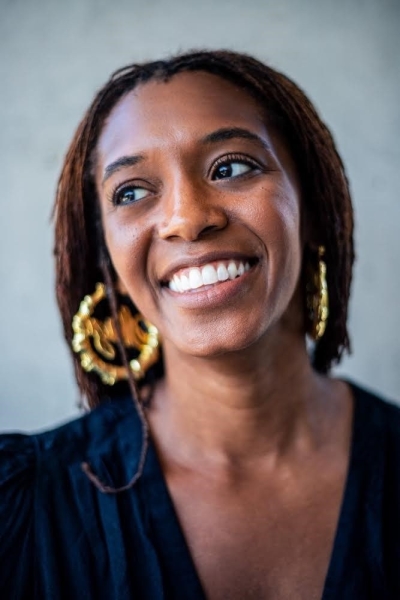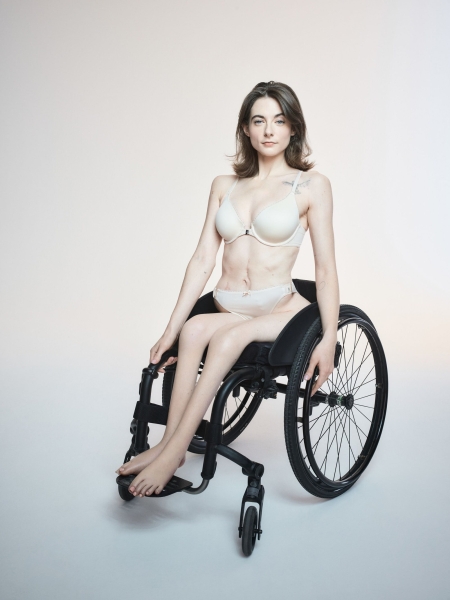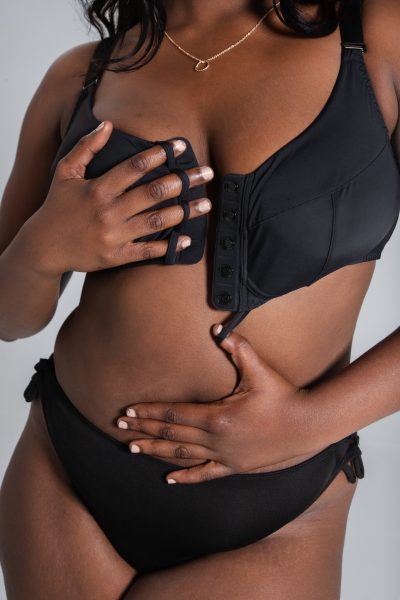When Emma Butler’s mother developed chronic pain in her hands, the then-12-year-old watched her struggle to navigate her bra’s typical hook-and-eye closures. “Together, we searched for a bra that was both easy to put on for her and beautiful,” Butler says. “We found only unattractive, medical-looking options. It was such a dehumanizing experience.”
Ten years later, Butler turned to adaptive fashion for the answer. She founded Liberare, a line of bras with magnetized front closures, which she tested with the help of hundreds of women with disabilities and chronic pain. “It was important to me that every woman could easily put on this bra, from women with one hand [to] quadriplegics [and those with] limited shoulder and finger dexterity, across a large size range,” Butler, now 27, says. It was also imperative that the bras not only serve a function, but look good, too. “Intimates especially are so closely tied to self-confidence and self expression. When your only options are medical frumpy underwear, I’ve seen how it drastically affects self-confidence,” she adds. “Disabled women deserve to feel beautiful and sexy too.”
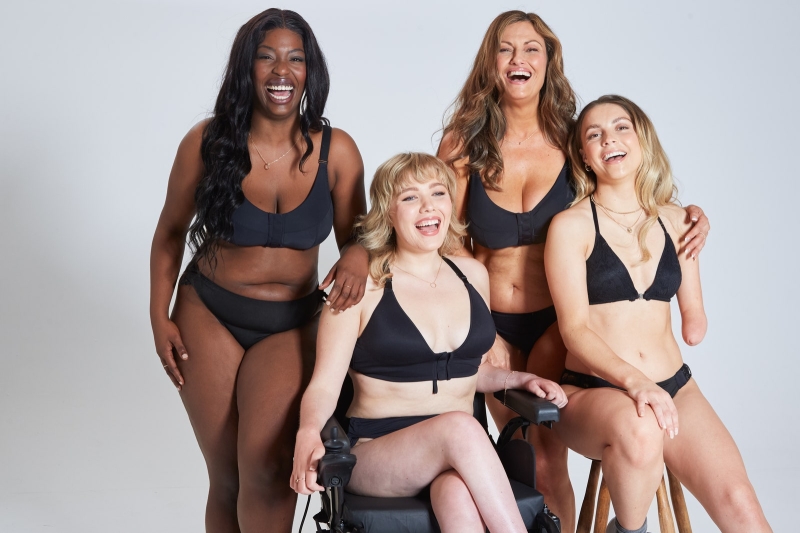
On May 24, Liberare was picked up by Victoria’s Secret, who will offer the label along with their own adaptive fashion line. “In creating VS and PINK Adaptive, we worked with people with disabilities and experts like GAMUT Management every step of the way to make sure these products fit their needs. It resulted in a beautiful assortment, featuring easy wearability and comfort,” says Lydia Smith, Chief Diversity Officer at VS&Co. “We’re thrilled for Liberare, a woman-owned disability-adaptive brand, to join a list of dynamic brands that are part of Victoria’s Secret’s digital, third-party offerings."
Nowadays, adaptive fashion is more prevalent than ever, from the clothing options to disability representation on the runway. In 2017, Tommy Hilfiger launched a line of adaptive fashion; model Aaron Rose Philip has become a New York Fashion Week staple, hitting the runway season after season for Collina Strada; and until her death in December 2019, model Mama Cax was a growing presence in the fashion industry, walking for Savage X Fenty and covering Teen Vogue. “Adaptive fashion has changed over my lifetime being that it’s possible and available at all, compared to even 10 years ago when there was just nothing out there,” Philip says.
But Philip, who uses a power wheelchair, does not often seek out adaptive fashion, but rather, turns to brands that create clothing that disabled customers can enjoy. “Adaptive fashion honestly does not figure into my everyday life because there are not nearly enough designers and brands that actively take part in creating space for an audience of consumers who are physically disabled and passionate about chic, beautiful clothes—which very much exists,” she says. “Brands such as Tommy Hilfiger Adaptive, Zappos, and Target are the most committed towards accessibility and efficiency for physically disabled customers. The amount of thought and care that they put into their clothing is deeply commendable and sets an example for all brands—especially high fashion brands.”
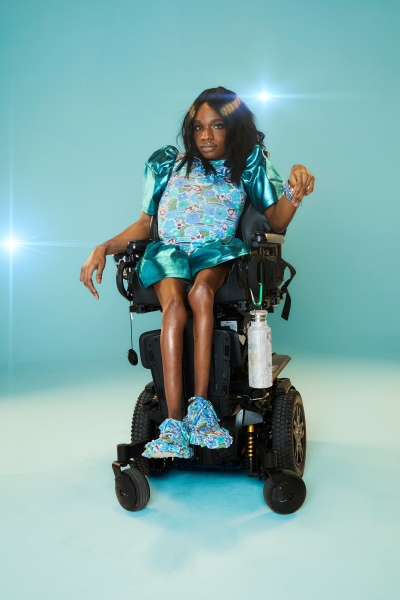
When it comes to inclusivity in fashion, there is still exponential room for growth, both in the adaptive space and beyond. Shayla Lawson, author of How to Live Free in a Dangerous World: A Decolonial Memoir, who has Ehlers-Danlos Syndrome, says that the taboo surrounding adaptive fashion is directly linked to ablism. “What most people get wrong about adaptive fashion is what they get wrong about disabled culture. They look at us as a liability and not cultivators of imagination. They design for us the same way,” they say. “The secret is to plan for obstacles but live for inspiration. When we imagine the way adaptability uplifts, we fly. Disabled bodies are innately couture entities. Disability fashion asks us to bring all our skills—our compassion, our creativity—to the cutting edge.”
People with disabilities and activists underscore that we all use adaptive features in our daily lives—we just don’t even realize it. Butler points to something most of us use daily: texting. “Text messaging was invented for the deaf community to communicate. Now, over 22 billion text messages are sent everyday,” she says. “Good adaptive design includes everyone and makes life easier for all of us. When we empower and design for marginalized communities, it benefits everyone.”
Philip hopes that we can reach a point where the term “adaptive fashion” becomes obsolete. “I hope to see adaptive fashion everywhere, and that it’s normalized to the point that we don’t even even have to call it ‘adaptive fashion’ because folks are able to have easy access to their choice silhouettes, clothing styles and other designs with accommodations made for the disabled community to simply look and feel gorgeous,” she say. “There should be access everywhere and in everything.”
